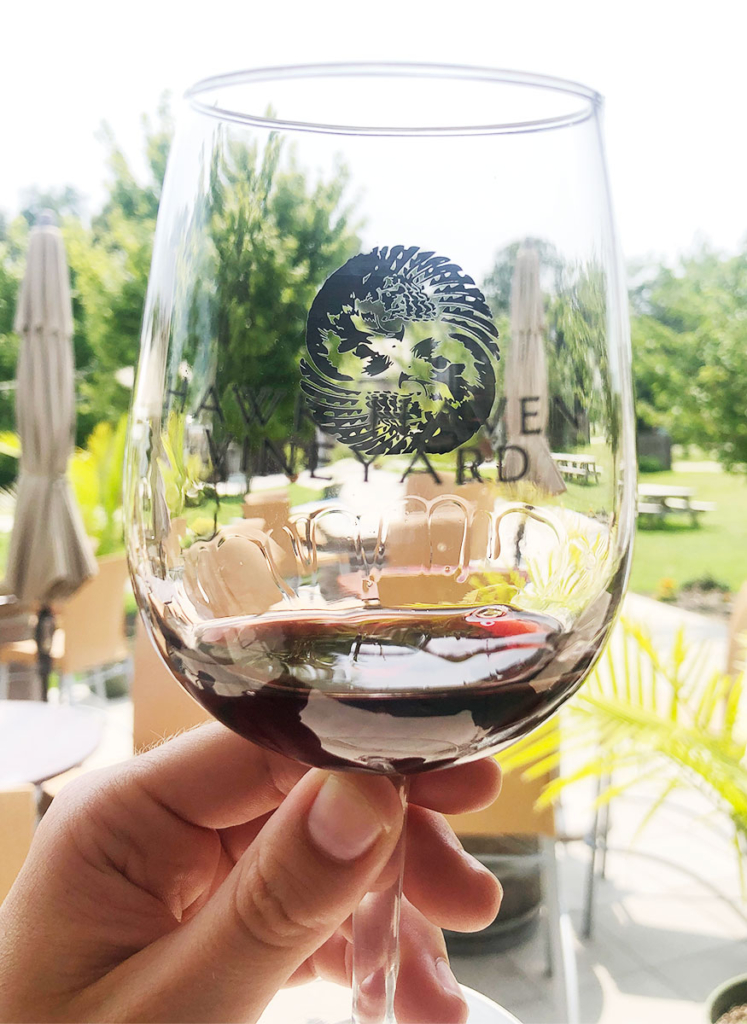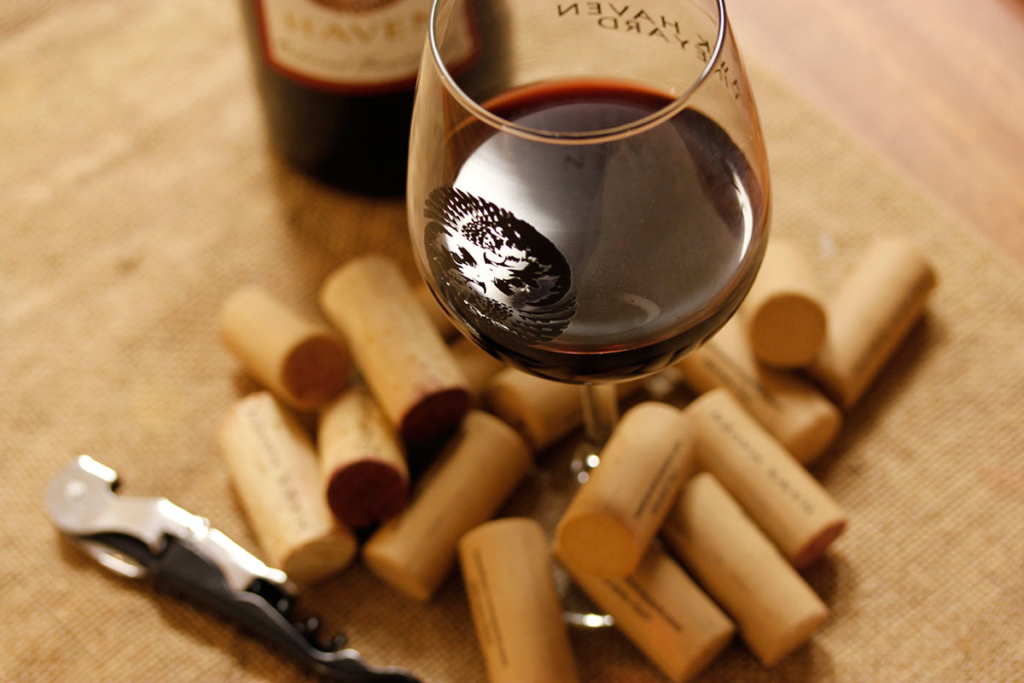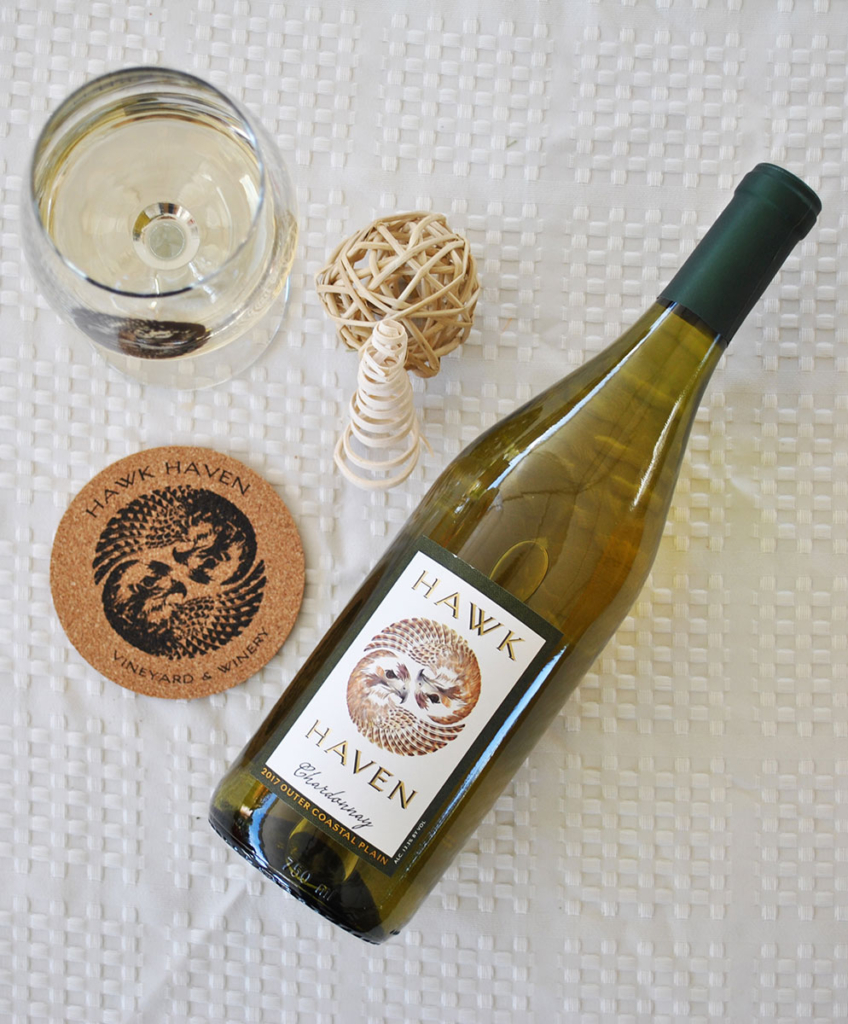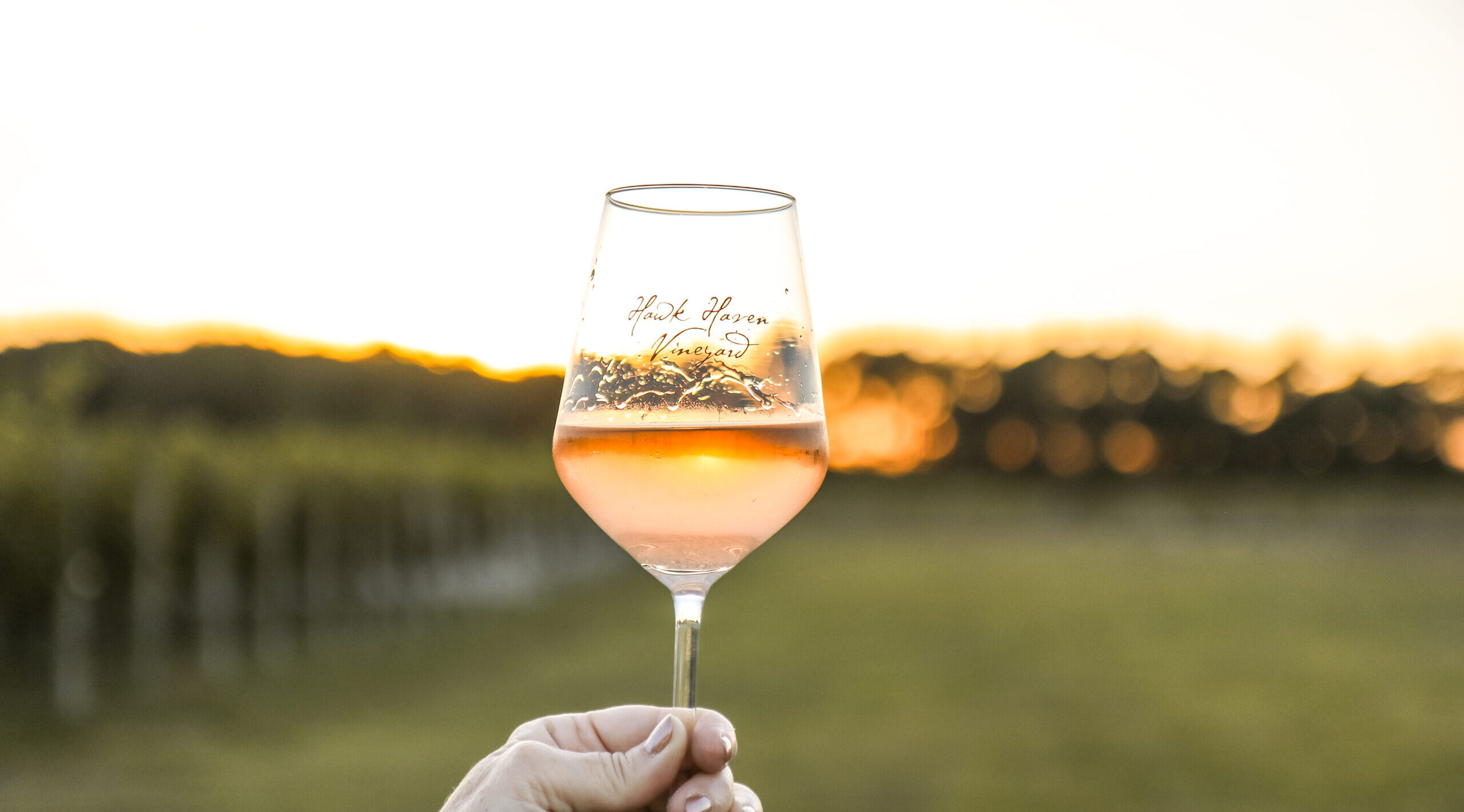
ALCOHOL, TANNIN, ACID, SWEET

When someone describes a wine as having “structure,” what does that really mean? And why is a liquid described as being “dry”? In this week’s Wine Wednesday, we’ll be exploring the four main components of structure: acid, sweetness, alcohol, and tannin. These four traits also can dictate whether or not a wine can be aged. We’ll discuss each of the four components, and hopefully dispel some myths and misunderstandings about wine!
All About Acid
Acidity is arguably the most important component in wine. Similar to how salt enhances food, acid in wine highlights and balances other components. It can make a wine seem lighter, drier, or crisper. Without it, wines can seem flat, flabby, and dull. Acidity makes your mouth water, which is the key indicator to a high acid wine. High acid wines are usually described as being “refreshing,” “zippy,” “bright,” and “mouthwatering.” The main types of acid in wine are tartaric, malic, and lactic. The first two come from the natural grape juice, and the last is a byproduct of malolactic fermentation. In sweet wines, the acid is there to balance, not dominate. It plays a similar role as the acid in lemonade: you don’t necessarily notice when it is there, but the drink becomes tooth-achingly sweet when it isn’t. Similarly, in acidic wines, sweetness can help balance the tartness. Regardless of how much sugar is in a wine, a mouth-watering sensation is the tell-tale sign of a wine with acid.
A Spoonful of (Residual) Sugar?
The most contentious component in wine is sweetness. Some people will turn their nose away at the mention of any residual sugar, while others will search out a wine with the highest sweetness. While some people may claim that a wine “smells sweet,” sweetness refers to the actual presence or absence of sugar in a wine. When a wine has ripe fruit characteristics, many people confuse this with sweetness. Sweetness also is the first impression from tasting a wine. It can make a wine seem more full-bodied, and the presence or absence of other structural components can impact the perceived sweetness. Sweetness is broken down into five main categories:
- Bone Dry: less than 0.1% Residual Sugar (RS), or less than 1 gram per liter (g/L)
- Dry: between 0.1% and 1% RS, or 1-10 g/L
- Off-Dry: between 1% to 3% RS, or 10-35 g/L
- Sweet: between 3.5% to 12% RS, or 35-120 g/L
- Very Sweet: 12% to 22% RS, or 120 to 220 g/L
FACT: Cola has around 105 g/L of sugar, yet most people do not perceive it as being super sweet because of the acid and carbonation.
Bring on the Booze
If a wine is described as being “hot,” this phrase means that the wine is high in alcohol. Alcohol contributes to the weight of a wine, and should be one of the least obvious characteristics while tasting wine. The drinker should not be able to taste or feel the alcohol. Alcohol creates the warming sensation towards the back of the mouth, but it should not be so obvious as to create a “dragon breath” feeling. Wines have, on average, between 11% and 13% alcohol by volume, or ABV. They can range from 5.5% to as high as 20% in some places. Usually, wines from warmer climates will potentially have high alcohol wines, as the heat from the sun can help develop higher amounts of sugar in their grapes. Alcohol is a by-product of the fermentation of the natural sugar in grapes. If alcohol is added to a wine, the wine is considered to be a fortified wine rather than a table wine. Viscosity, or legs, in a dry wine can indicate the alcohol level by the rate of evaporation. In a sweet wine, the legs could indicate both sweetness and alcohol.
MYTH: “More legs mean the wine is a higher quality.” Legs in a wine are not an indication of quality as much as alcohol content, and in some cases, residual sugar.

Why is My Mouth So Dry?
Tannic wines are often confused with dry wines. After all, if a wine creates a drying sensation in your mouth, doesn’t that mean it’s a dry wine? The drying effect is actually caused by tannins, which are polyphenols that combine with protein. Specifically, when the tannins in wine combine with the protein in your saliva, it makes your mouth feel dry. Tannins are found in the skins, seeds, and stems in grapes; these tannins create sensations more towards the sides and front of the mouth. Wines can also get tannin from aging in oak barrels; these tannins will taste more towards the center of the tongue. Tannins can also be found in chocolate, tea, pomegranate, and apple skins. Ripe tannins can add textural richness to a wine, while unripe tannins will have a harsh astringency. Tannins are often described as either bitter or astringent because of the sensation created. Since tannins combine with proteins, high tannin wines are perfect for rich, steak dinners.
MYTH: “I can’t drink wine because I’m allergic to tannins.” While this is not completely a myth because it is possible (though very rare) to have a tannin intolerance, other culprits of that wine headache could be sulfites (also rare), histamines, or just plain over-indulging. However, the amount of tannins, sulfites, and histamines in wine are on average significantly lower than a variety of common foods like dried fruits, burger meat, fish, and coffee.

Wines that Can Age
Acid, sweetness, alcohol, and tannin all contribute to the body of a wine. Disregarding packaging (but see our article about corks and other closures), these same components can affect a wine’s ability to age. Wines that are meant to age might not drink very well now. Wines are still developing even when placed in a bottle, and may balance out over time.
Acid is very important when aging wines, as wines with higher acidity will last longer than low-acid wines. Acid evaporates over time, and the wine will flatten out.
Tannin will also smooth out over time. The tannin molecules, when young, repel against each other. As they age, they lose their charge and combine to form larger, heavier chains. This formation has a reduced surface area than the individual molecules, and will therefore taste smoother and rounder. If these chains become large enough, they will actually fall out to form sediment in a wine. Tannin also helps preserve a wine with its antioxidant properties.

Lower alcohol in non-fortified wines last much longer than higher alcohol. Alcohol will actually cause the wine to become vinegar faster. The best wines for aging will be below 13.5% ABV, except for fortified wines averaging between 17-20% ABV, which will last much longer.
Residual Sugar will also help a wine age. Some of the longest living wines are sweet wines, such as Port, Sherry, and Sauternes. When a wine ages, the primary flavors (such as fruit and floral notes) will fade away, and the tertiary notes (such as dried fruit, honey, and mushroom) will come forward. The color will also change over time, with whites moving towards amber hues and reds showing hints of tanned leather shades.
If you are planning to age your wine, make sure they are stored in a dark place that has a steady temperature between 53° and 57°F.
MYTH: “The older a wine is, the better it is!” Most wines are not meant to be aged, or at least not for very long, and not everyone will like the taste of very old wine. If you’re not sure, ask a staff member (whether you’re at a winery or a liquor store). Otherwise, life is short, so open and enjoy!

